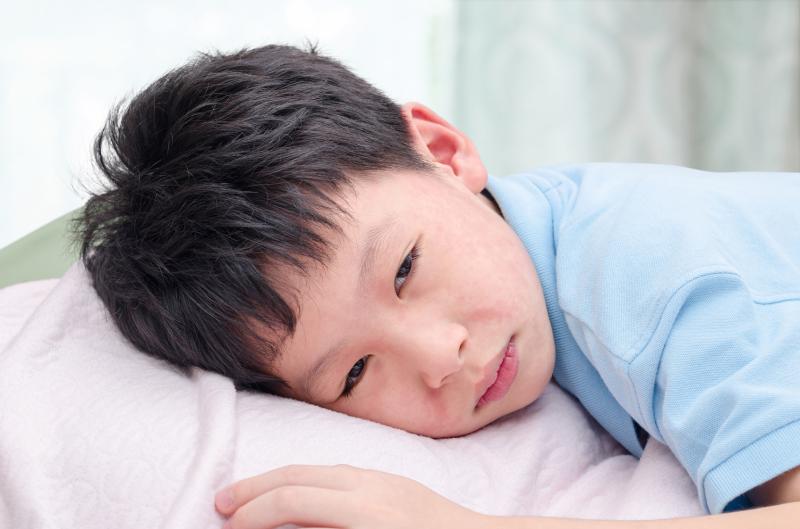
A diagnosis of Guillain-Barré syndrome (GBS) in children has high validity, and the prevalence tends to peak at age 2 years, a new Danish study has found. Paediatric GBS also appears to commonly follow infections, and pain in the lower extremities is a common presentation.
Accessing the Danish National Patient Registry, the researchers identified 145 children (aged <16 years; 87 males) initially diagnosed with GBS and whose medical records were available. The diagnosis was then validated using the National Institute of Neurological and Stroke Committee criteria.
The GBS diagnosis was positively confirmed in 125 records, yielding a positive predictive value of 86 percent. The overall crude incidence rate was calculated to be 0.69 per 100,000 person-years, peaking at 1.36 per 100,000 person-years by around 2 years of age. This was likely driven by the strong incidence among male children.
A second, slightly smaller peak in incidence was observed at around 14 years of age, with a rate of 1.08 per 100,000 person-years. In contrast, incidence was lowest during young infancy, at 0.11 per 100,000 person-years below 1 year of age.
Pain was a common presentation (70 percent; n=88), particularly in the lower extremities. These included neuropathic pain, as well as pain in muscles and joints. Most of the children did not receive opioids for their pain. A third of GBS patients reported autonomic dysfunction, commonly involving bowel and bladder problems.
In terms of risk factors, medical records showed that 63 percent (n=79) of the confirmed cases had prior infections. None of the GBS diagnoses were preceded by surgery or malignancies.